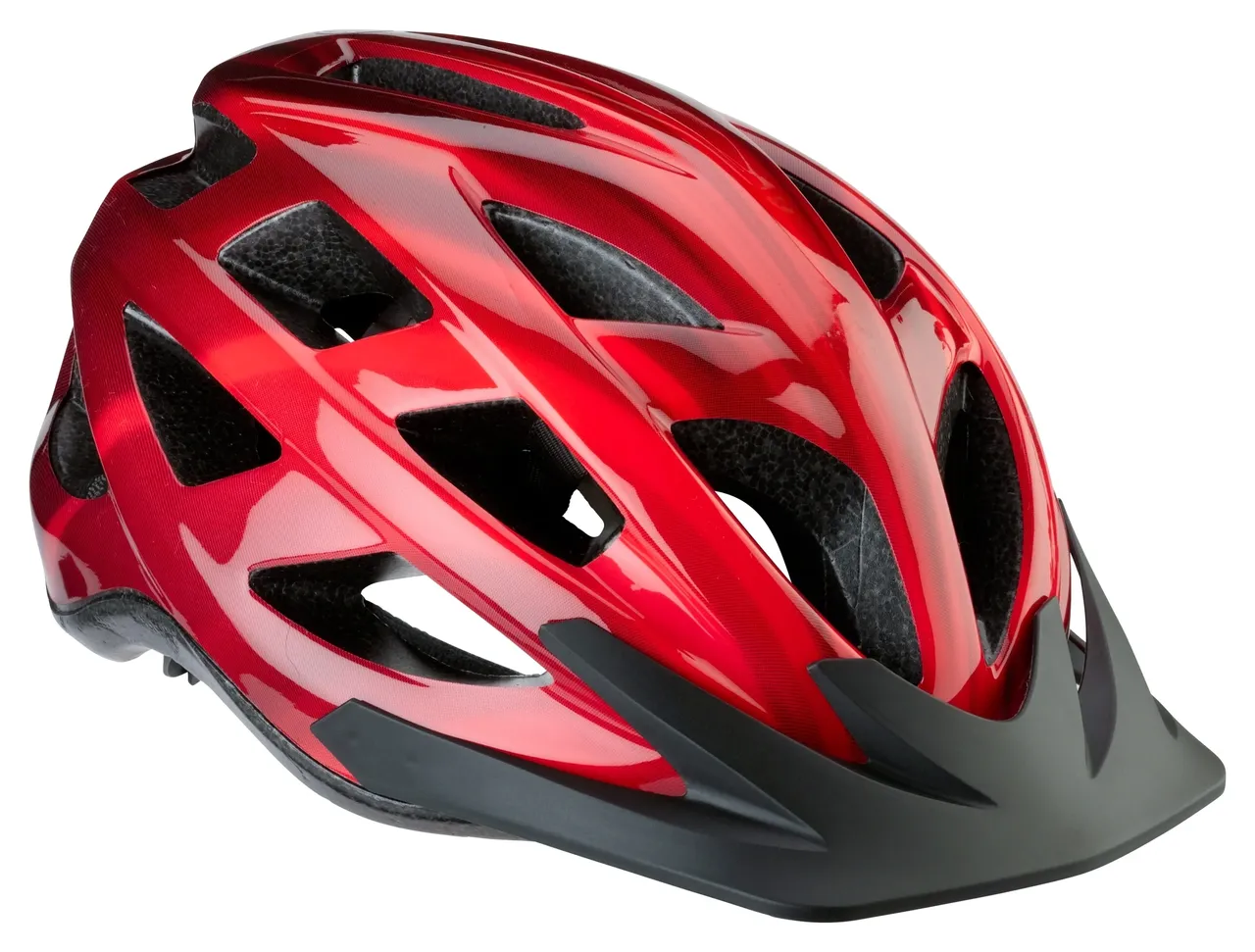
Choosing the right Bike Helmet
Choosing the right bike helmet involves several considerations to ensure safety, comfort, and compliance with safety standards. Here’s a step-by-step guide to help you select the perfect helmet:
1. Safety Standards
- Certifications: Look for helmets that meet safety standards like CPSC (Consumer Product Safety Commission) in the U.S., EN 1078 in Europe, or Snell B-95 or newer. These certifications ensure the helmet has passed rigorous safety tests.
2. Type of Cycling
- Road Biking: Usually lighter with more ventilation, designed for speed and aerodynamics.
- Mountain Biking: Offers more coverage, especially at the back of the head, and might include a visor.
- Urban/Commuter: Often includes features like a visor, slots for lights, or higher visibility colors/materials.
- BMX/Freestyle: More durable, designed to protect against falls at slow speeds with more coverage.
3. Fit and Comfort
- Head Measurement: Measure your head circumference to get an idea of the size. However, always try the helmet on as head shapes vary.
- Adjustable Fit: Look for helmets with adjustable fit systems like dials or sliders to ensure it fits snugly but comfortably.
- Comfort Pads: Helmets come with removable and washable pads. Ensure they are thick enough for comfort but not so thick as to lift the helmet off your head.
4. Ventilation
- Ventilation Holes: More vents generally mean better airflow, which is crucial for long rides or hot climates. However, too many vents might reduce the helmet’s integrity if you crash.
5. Weight
- Lighter Helmets: Preferred for racing or long rides. However, they might be more expensive.
- Heavier Helmets: Often more durable and might offer better protection in some scenarios, but can be tiring over long distances.
6. Helmet Features
- Visor: Useful for sun protection and rain. Some are adjustable or detachable.
- Integrated Lights: Useful for visibility in low light conditions.
- Audio Compatibility: Some helmets have slots or integrated systems for headphones or bone-conduction speakers.
7. Aesthetics and Brand
- Style: Choose a helmet that you like aesthetically so you’re more likely to wear it.
- Brand: Established brands often have better R&D and more reliable safety features.
8. Try It On
- Fit Check: The helmet should sit level on your head, not tilted back. The straps should form a “V” just below and slightly in front of your ears. The helmet shouldn’t move more than an inch in any direction once fitted properly.
9. Price
- Budget: Helmets vary widely in price. More expensive doesn’t always mean safer, but often means lighter, more comfortable, or with additional features.
10. Replacement
- Age and Wear: Even without visible damage, helmets degrade over time or after impacts. Replace every 3-5 years or after any crash, even if there’s no visible damage.
Tips:
- Always buy from reputable sellers or directly from brands to ensure authenticity.
- If possible, go to a bike shop where they can help fit the helmet properly.
- Consider helmets with MIPS (Multi-Directional Impact Protection System) or similar technologies for added protection against rotational forces during impacts.
Choosing the right helmet can significantly enhance your safety and enjoyment while cycling. Remember, the helmet should be comfortable enough to wear every time you ride, regardless of the distance or duration.

